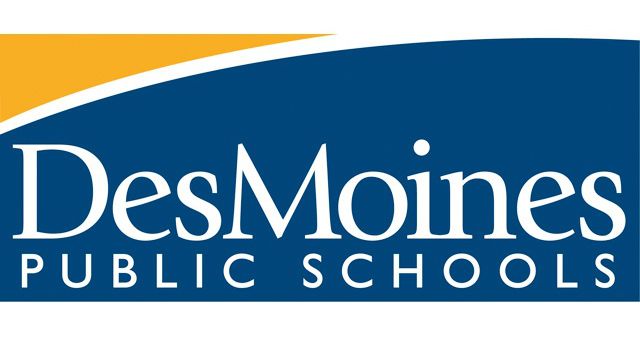The 25 third-graders in Linda Fritz’ class at Happy Hollow Elementary School sat in a semicircle, attentive to Marcia Daft placing blue and pink cards in a row on the floor. Two blue cards, one pink; two more blue cards, another pink, and so on until 12 cards were aligned. For each blue card, the youngsters drummed their hands on their legs; for each pink card, they clapped their hands, creating a rhythmic sound pattern.
Then, Daft, an arts education consultant from the John F. Kennedy Performing Arts Center in Washington, rearranged the cards to three blues and one pink and so on, keeping the cards in a row of 12. In that hour, the third-graders learned how the multiplication of three times four and four times three both equal 12. It was their first introduction to multiplication and the teachers observing the process were impressed, they said in a follow-up discussion.
Daft finished a five-day intensive professional development program for teachers at Happy Hollow and The New School using the arts on how to use music and movement to teach in traditional curriculum areas, specifically math. Teachers from Butterfield Trail and Asbell elementary schools also attended some sessions. The professional development program is sponsored by the Fayetteville School District and the Walton Arts Center. Daft spent last week teaching 20 teachers strategies and showing how the strategies work with children. The teachers will implement the strategies and continue working in small teams until Daft returns in January to continue the professional development program.
“Students get a different teaching strategy, and I get a lift, an enlightenment,” said Fritz, a 21-year classroom veteran.
Daft said the strategies are designed to connect all types of learners to math. “When you integrate the learning modalities, you create widely educated children,” she said. “It totally evens the playing field because you are reaching all the different learning styles.”
With a stack of student papers in hand, Daft said the students may say it best. “It helps me understand because there is a lot less thinking. I can move around rather than just sitting there with a pencil,” wrote one student in a paper to reflect on the day’s math lesson. Another wrote, “Moving helps me. I can do it instead of just looking at it.”


